Fibre Optic ISP Hyperoptic Trial Crazy Fast 10Gbps Home Broadband
City focused fibre optic UK ISP Hyperoptic, which claims to be the United Kingdom’s largest residential provider of Gigabit broadband connections (FTTP/B), have carried out a trial of the “fastest home broadband the country has ever seen” by testing a 10Gbps service at East Village (the London 2012 Athletes’ Village).
The connection was delivered to a home using the provider’s existing “full fibre” network and not a new dedicated line, which makes it sound similar to Gigaclear’s 2015 trial of a 5Gbps (Gigabits per second) capable Fibre-to-the-Premises (FTTP/H) broadband network (here); albeit much faster.
The deployment reflects Hyperoptic’s typical approach, which focuses on connecting their Fibre-to-the-Building / Premises (FTTB/P) network to large residential (i.e. Multi-Dwelling Units with at least 50 units) and office buildings in dense urban areas. Using this approach the ISP has covered 400,000 premises and this should reach 500,000 by 2019, followed by 2 million in 2022 and there’s also an aspiration for 5 million by 2025 (here).
The trial was carried out with the UK’s Build to Rent pioneer, Get Living, who own and manage 1,500 homes for rent at East Village, on the doorstep of Queen Elizabeth Olympic Park in East London. Since the neighbourhood opened its doors in 2013, Hyperoptic has supplied its residents with 1Gbps capable connections but the trial shows its network is able to go much, much faster.
Dana Tobak, CEO of Hyperoptic, said:
“We have carried out this trial to elevate the debate in a largely stagnate industry. While the market incumbents focus on sweating their copper assets and lobbying the likes of the ASA to convince them that its acceptable to market their Fibre-to-the-Cabinet services as ‘fibre,’ we are proudly setting a new standard.
With full fibre our customers across 30 UK towns and cities can enjoy symmetrical gigabit services today. This 10Gb test proves that our network can scale in the future.”
Sharon White, Ofcom CEO, added:
“The amount of internet data used by people in the UK is growing by around half every year. So we’ll increasingly need full-fibre broadband services like this to provide faster, more reliable connections and capacity to our homes and offices. We’re seeing real momentum behind full-fibre, with bigger and bolder commitments from companies of all sizes to build broadband that can support the UK’s digital future.”
Hyperoptic has informed ISPreview.co.uk that their trial used a single thread of single mode fibre with a bidirectional 10G SFP+ transceiver, while the layer 2 technology was 10G Ethernet instead of PON (Passive Optical Networks).
We should point out that the trial was measured via a speedtest server located in Hyperoptic’s own Data Centre, which used the latest 10Gbps network capable router with the LAN host and server being based on Intel technology, which allows network speeds up to 10Gb or more. The test environment will be in place for 4 weeks.
Obviously this is perhaps not the most impartial of speedtests but then testing a 10Gbps link via ordinary internet speedtests might be difficult as many of them cannot yet support that kind of performance, at least not accurately.
The trial once again helps to prove just how future proof pure fibre optic lines are, although at the same time this is largely about marketing because no residential users actually “need” a 10Gbps connection yet, let alone 5Gbps or even 1Gbps.
Likewise most computers or home wireless routers would struggle to work with a connection that fast, while the bulk of internet content providers and servers wouldn’t even be able to remotely harness the full speed. As a side note we should mention that some ISPs, such as B4RN, are already building fibre optic networks that could deliver 10Gbps speeds today if it were really needed (backhaul allowing).
However it’s nice to know that the capability exists for when that day eventually comes, even though we’re still a long way away from such a moment. Full fibre networks can take many years to deploy and so it’s often better to get started long before you need such speeds.
Mark is a professional technology writer, IT consultant and computer engineer from Dorset (England), he also founded ISPreview in 1999 and enjoys analysing the latest telecoms and broadband developments. Find me on X (Twitter), Mastodon, Facebook and Linkedin.
« Airband Wireless Rural Broadband Network Goes Live in Shropshire UK
ISP Uno Pilot UK 160Mbps and 330Mbps Gfast Broadband Service »
Latest UK ISP News
- FTTP (5515)
- BT (3514)
- Politics (2537)
- Openreach (2297)
- Business (2262)
- Building Digital UK (2244)
- FTTC (2043)
- Mobile Broadband (1973)
- Statistics (1788)
- 4G (1664)
- Virgin Media (1619)
- Ofcom Regulation (1461)
- Fibre Optic (1395)
- Wireless Internet (1389)
- FTTH (1381)
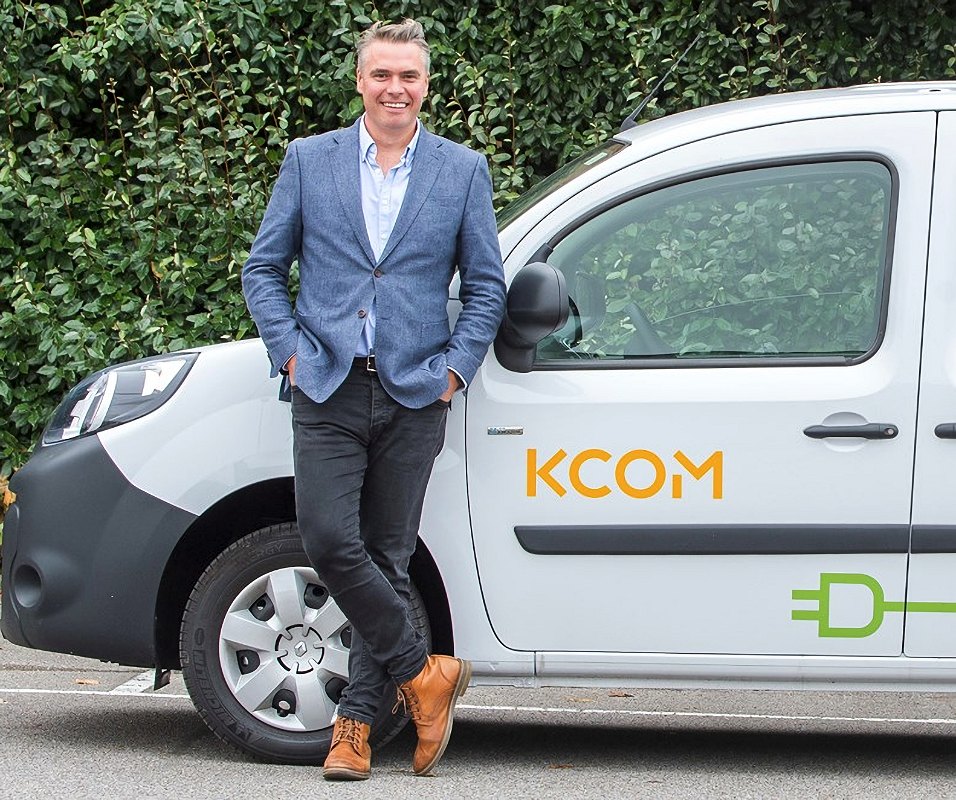

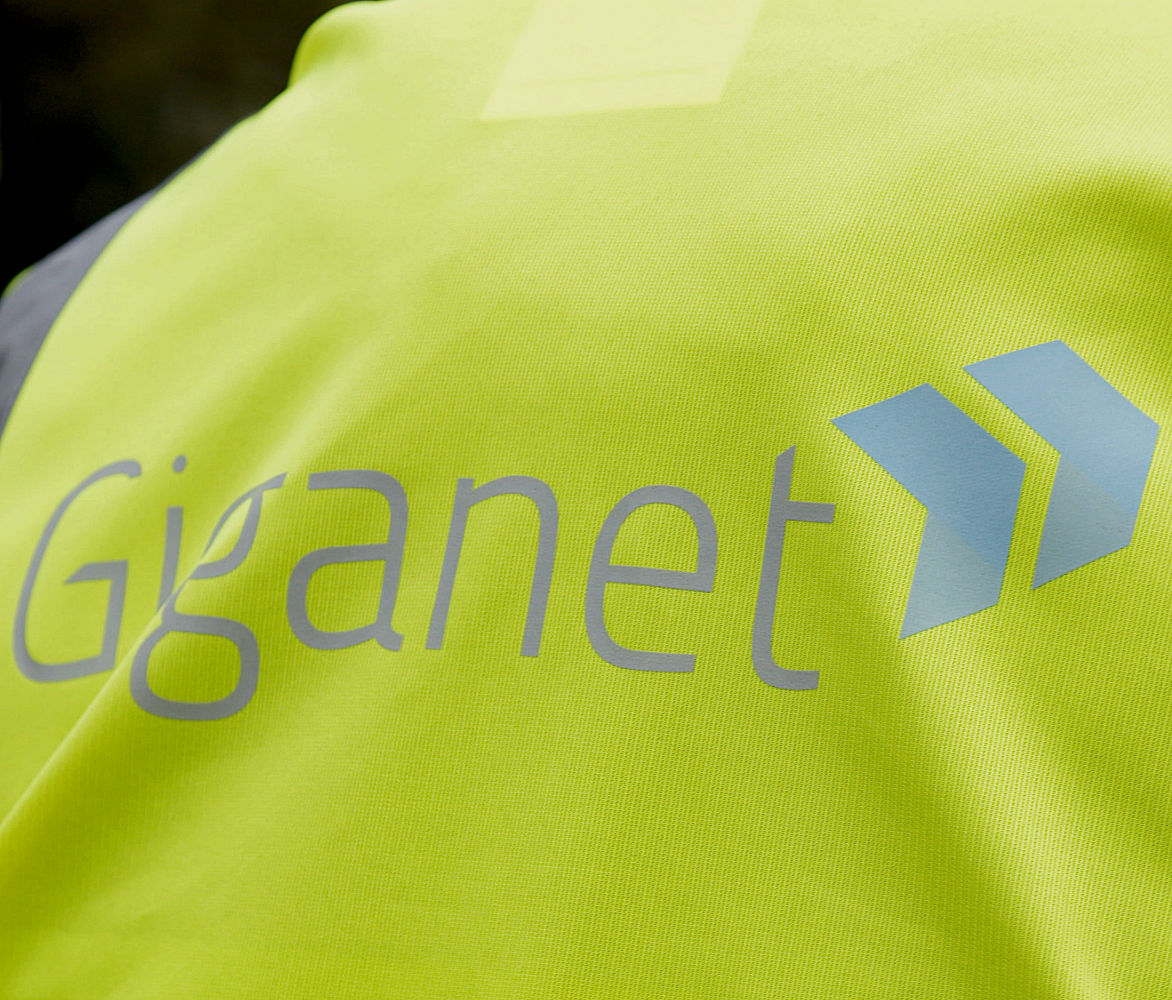

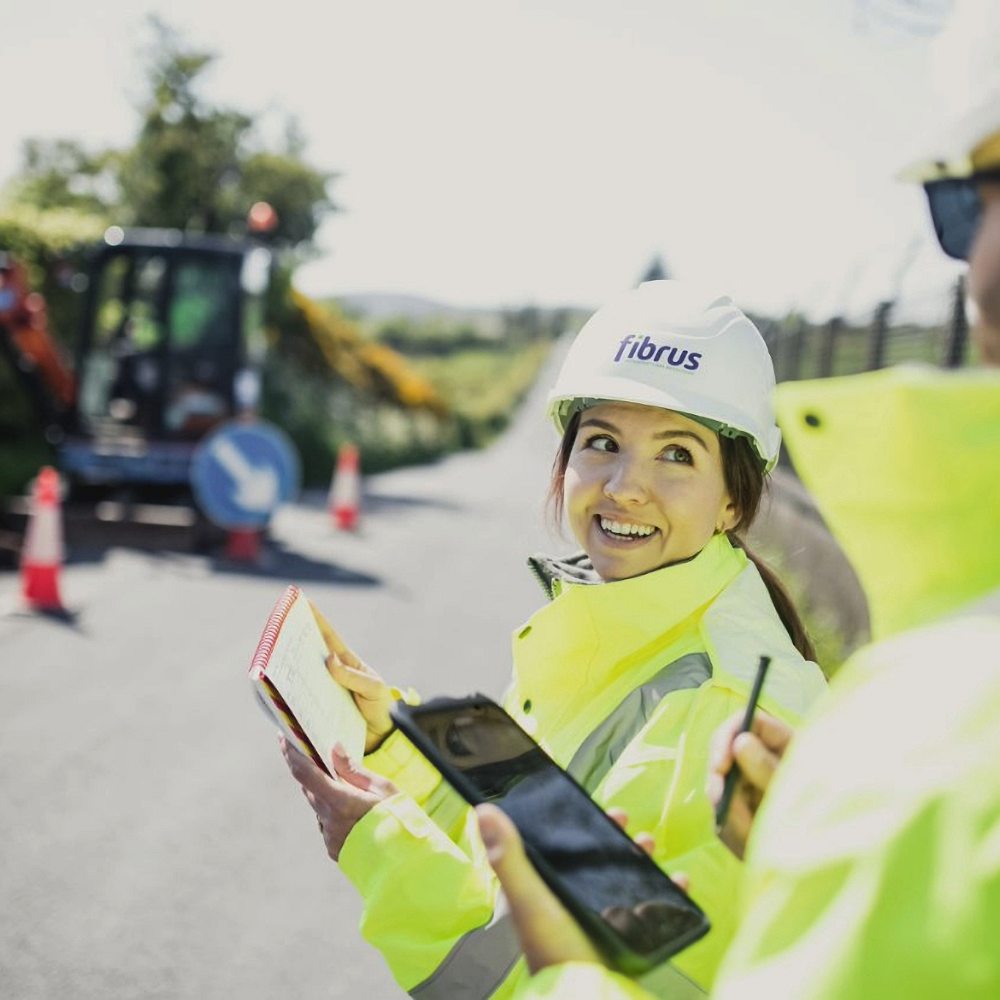

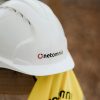










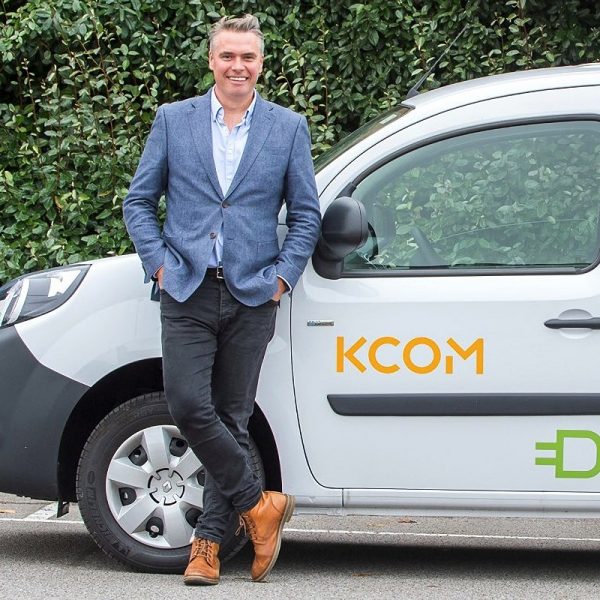
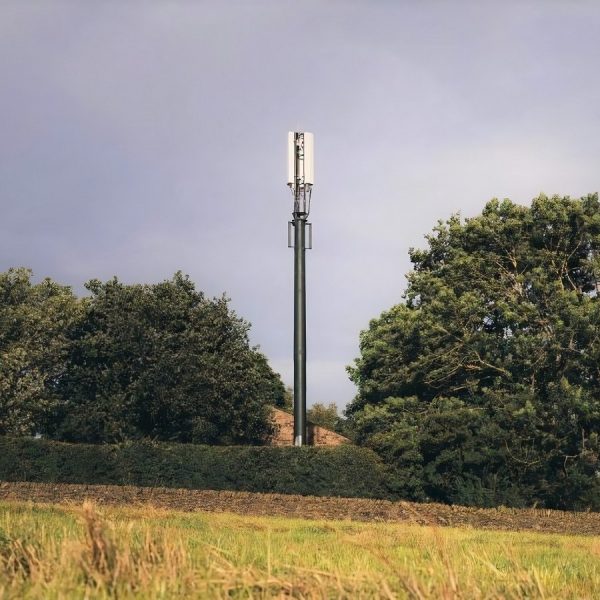
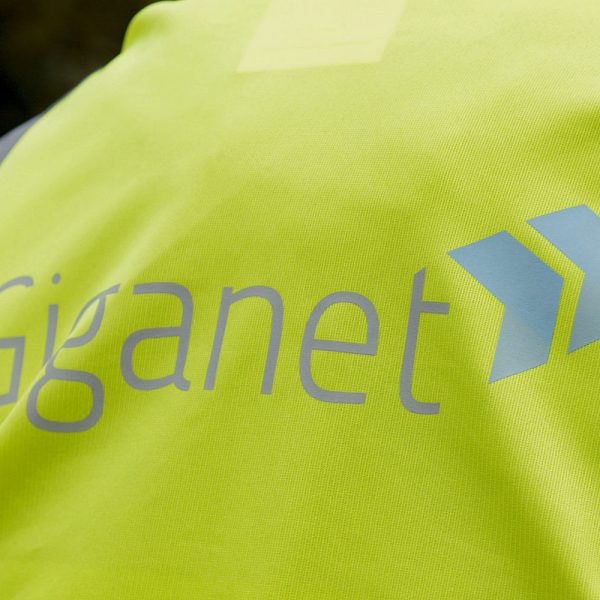




































Lucky for some,
I just don’t get it. Why need 10Gbps for Home Broadband. We don’t need 10Gbps. For all home users fibre with up to 80Mbps are faster enough for the next 10 years for 4K streaming.
What about when 8k streaming comes out? Also a family of 5 people with 4k TV’s streaming in 4k is possible now and 80Mbps isn’t fast enough for that and that’s if you even get that speed its more likely the average family in the UK will be on 40Mbps.
What they are doing is testing 10Gbps speeds over existing cabling infrastructure as the need for 10Gbps will be there one day, if this works all they will have to do is upgrade their cabinet switches etc and send a 10Gbps cable router out to the user.
Fibremax:
I’ve got Hyperoptic 1Gb all to myself in my own apartment. True I don’t need more than 100Mb but it’s nice downloading something in 10 seconds instead of 100 seconds. Same goes if it was possible to achieve 10Gb then it would in 1 second.
That’s all it boils down to.
We don’t need it.
Is it desirable? Sure.
“What about when 8k streaming comes out? Also a family of 5 people with 4k TV’s streaming in 4k is possible now”
So a family of 5, each with 4k tv’s streaming at once is a typical family?
😀 😀 😀 really????
It’s hard to think of a realistic use case for 300Mbps at home, never mind 10Gbps
It won’t be long before people on here claim we need 10G symmetrical connections in every room in the house.
@Fibremax that’s not enough because you need a motherboard that is also capable of supporting 10Gbps. My motherboard supports up to 1Gbps so that means that if in theory you were to have 10Gbps even if you had a Solid State Drive the mobo also has to support those speeds.
Anyway, that’s not an ambition for most people. But definitely we will need faster speeds! Even 1Gbps will not be enough at some point especially with some PC games topping up to 100GB data. Trying to download that via Steam even with 80Mbps will take over a day…
I heard that the existing Fibre optic cables can support up to 100Gbps (that’s not a rumour). Indeed Fibre can offer much faster speeds. I’ve seen an Australian ISP offer 10Gbps to a few premises.
100GB down 80Mb/sec = 2.8 hours.
They’re essentially line checking,
As long as the line can do 10Gbps that is it future proofed.
Any other cost inherited thereafter will be less,
This also offers the ISP the option to offer 2,3,5,8 Gbps of speed.
10Gbps NIC’s aren’t available widely now but will be some day as will the need for a such a large speed. Even the backplane on a highend switch can only handle 40Gbps so there would need to be further infrastructure upgrades too.
Line saturation currently on any Fibre product is likely to be low,
My 2Gbps bonded line at work is never at full saturation and that’s serving thousands of people.
As for the 330Mbps being more than ample, This is true at the minute for the most part but people always want the fastest why wait 15 minutes on a game downloading when it can take seconds. Saturation on any Home connection above 30Mbps is likely to be low but at peak times can annoy etc.
These “don’t need x speed” comments always make me chuckle. We didn’t really need dial up or even the internet at all! We could just go back to a time when we did perfectly fine without it.
More speed is always good, you might not take full advantage at first but you’ll still be benefitting from it straight away during your existing usage. Over time you’ll benefit more and more until eventually it becomes a bottleneck again and you wish you had more.
@adslmax “I just don’t get it. Why need 10Gbps for Home Broadband. We don’t need 10Gbps. For all home users fibre with up to 80Mbps are faster enough for the next 10 years for 4K streaming.”
10 years ago almost all home users were getting by on “up to 8Mb/s” ADSL services which was more than enough for most households of the time, heck even 2Mb/s was adequate for many. Fast forward to today and 4-7Mb/s on ADSL is just about adequate for the majority of family households but you can forget about multiple HD streaming and big downloads from the likes of Stream will be a pain, while 2Mb/s or even less is a real PITA now, not dissimilar to experiencing dial-up back in 2008.
Who knows what demands will be placed on communications infrastructure in 2028, there might be a forthcoming technology that heavily disrupts the market but require a large amount of bandwidth to use it to its full potential. It might be the case then that 20-30Mb/s downspeeds might be thought of at the same level of service that <2Mb/s connections are now.
Be real – 80 mbs is hardly anything these days, I get over 100 mbits on my mobile connection, never mind being at home with multiple users all watching youtube in HD and downloading the latest 100 gigabyte updates to their consoles
Yeah those 100 GB updates we all need to download on a daily basis in our 10 adult homes where we all own a PS 4, PS 4 Pro, XBox One and XBox OneX each are a killer.
Seriously. 100Mb is more than ample for most people’s needs. Half that would be okay for most. Obviously faster is better but 80Mb isn’t ‘hardly anything’.
Yea, I don’t need to download updates everyday, but when I do need to, I appreciate if they complete in the shortest time possible. Being a working, family guy, the time available to enjoy entertainment is not as ample as it used to be, and it’s worth a few extra quid a month to me to minimise such waiting times.
Agreed, though doesn’t change that it’s something good to have rather than a requirement, or that 80Mb isn’t hardly anything.
I pay £72 a month for the fastest broadband available in my area. Wonder what Mr/Ms ’80Mb is hardly anything’ pays and what they get.
We have virgin 300 and its still not fast enuff for a full house of 5. Gaming on xbox a pc and 2 s8 gallaxy’s leaves you meeding lots more and still most days we only get 40/50mbs
I’d say you need to check your connection out as there’s something wrong with it. None of the things you describe are especially heavy consumers of bandwidth. A console, a PC and two smartphones isn’t exactly a ton of devices by many standards. In our ‘nuclear family’ there are 4 PCs, 4 smart phones, a hybrid tablet-PC, 3 other tablets, a PS 4 and and XBox One. The phone service is over VoIP, there are various IoT odds and sods from lighting and heating right down to the cat flap. There are two Amazon Echoes. This between two adults and two teens.
Prior to Virgin Media being here we managed on about 60Mb. We are now on the highest business service available, 200Mb.
It is extremely rare to see less than perhaps 190Mb at peak times with everyone online and even when Steam, Origin or whatever are pulling down updates or data a speed test will deliver nearer to 100Mb than 50 – or if you prefer more than enough for a couple of 4k streams with room to spare.
You have a problem with your VM service or, more likely, your wireless network.
I was perhaps being too hasty there. If there’s someone in the family using Bittorrent and seeding away all the upload speed that’d also explain the poor performance, in which case more wouldn’t help as Bittorrent would happily use it all unless told not to.
The other alternative is that there’s something on your network consuming all the bandwidth unknown to yourselves. There is no way a family of 5 would consume 250Mb+ on anything like a regular basis without something being up.
If that were seriously how it is the ‘average’ UK home would be screaming complaints, as if each person is using 50Mb/s constantly the average connection at about 40Mb wouldn’t be adequate for a single person, let alone a family.
So most likely you either have a fault with your service or WiFi, compromised machines or you don’t need more bandwidth but to get whoever is running the P2P to throttle it or switch it off.
Either way the situation isn’t anything like typical.
@Natalie
Your likely on WiFi G and not N or AC. Your WiFi G will limit you to 54mbs. Either connect to N or AC or run the speed test on something called into the modem like a pc or laptop connected via Ethernet, not wireless.
People will often buy domestic fast internet connections and then their equipment they connect either can’t support the fast speeds or needs additional configuration to attain those speeds.
Homeplug powerline Ethernet bridges can also be a workable option – just be sure it’s one of the more modern options (BT’s branded Mini Connectors are good, too).
Tall poppy syndrome at work.
It’s not “We don’t need 10gbps”, it’s “what can we do with 10gbps?” The US already has 1gbps rolling out en masse. Britain will be left behind.
Continuous 4k streaming, downloading large datasets (working with genomic data you really wish you had 10gbps!), multiple 4k streams, interactive VR streaming…no more bandwidth issues. At all. I think you can get there with 1gbps, but for hyperoptic’s Ethernet network, jumping from 1 to 10 to 100 is not that expensive given that the SMF is already installed.
The cost is minimal compared to getting that fiber installed. You just swap out the ends, as long as you have compatible 10gbps SFP+ sockets (cheap, on the order of ~$100s in total). PON has little energy costs, but tops out at 40gbps split between X subscribers.
https://www.theregister.co.uk/2018/02/06/us_broadband_fcc_report/
“the us”
haha no my friend
Most Hyperoptic customers are connected to the network via copper, not fibre. Standard FTTB: fibre to basement or comms room then UTP to each unit.
Exceptions are places like the Olympic Park and where cable length is prohibitive.
@CarlT Are you sure about that? https://hyperoptic.com/how-hyperoptic-works/
How Hyperoptic is different
“Unlike other providers, we never use old-fashioned copper phone wires. We’ve built our own, new network, specifically designed for the needs of the 21st century. That means our fibre optic cables go all the way to your building, delivering the fastest broadband in the UK. There’s no other broadband like it.”
If most customers used copper then my building would’ve had an agreement already as there wouldn’t be a need to install fibre optic cables. A building permission agreement is required from building managers for Fibre optic cables to be installed or else you will not receive the service. There’s no FTTC service with Hyperoptic. Neither is 1Gbps possible with FTTC.
Rahul: like Hyperoptic say there – install fibre cable to the building (not each home), they run a Ethernet cat5e cable to each home but that’s only capable of 1Gb speeds so to get 10Gb they’d have to fit better Ethernet cables within the building.
Still have the issues of running cat5 to each flat.
@Tom Oh wow, I wasn’t aware of that. But I guess all we really need is for them to install Cat7 or Cat6A cables and that should solve the problem, shouldn’t it? I don’t understand why they would install Cat5E by default when they are going to cause themselves a job and money to replace it in future again with a cable that’s capable of delivering 10+Gbps.
I have a Cat7 cable on one of my other computers, obviously it’s an overkill at this stage. But needed a long cable anyway and didn’t see much of a price difference so went for that instead..
But this ain’t really a big deal. As long as the Fibre cable enters the building that’s all that matters. We will get the speeds simply because the length of the Cat cables would not be that long to cause degradation in speed or quality. And we won’t have any headaches about weather interference from outside causing signal loss as that will be all fibre.
Pointless for now
Still, I’d sign up if this were sold where I live, as long as it’s pricing reflects the expected usage — that is, I won’t use it much more than I would a 100 or 1000mbps connection, and their marginal cost of providing 10000mbps would be equipment costs mostly, so I won’t expect to pay much more than a 1G residential connection costs today.
Mostly. But hey, ping might be slightly lower, because there’s less chance of someone else holding up the line for too long with a big transfer – though I’m not sure how much that applies to the particular technology they’re using.
As a technology demonstrator I think this is great. However, I think some form of brake has to be applied to companies that only ever intend to cherry-pick the most profitable deployments. Being able to deploy >1Gbps connections is good, but being unwilling to improve the connections for those that get less than 10Mbps isn’t.
I’d suggest a surcharge on new connections of £1 multiplied by the connection speed divided by the average speed of the lowest decile in the country. Use the money to increase the speed of the slowest – that way the surcharge will decrease over time, and the difference between the fastest and the slowest will decrease. The current BDUK mechanism just isn’t working fast enough.
Since we’re in the mood of imposing our wishes against others, I suggest a tax of £10 divided by 1/100th the speed of the home occupier’s broadband speed in order to discourage people from buying or renting properties that have slow broadband, particularly people who live in fancy detached houses out in the countryside.
Why should they live on nice expansive properties with ample parking and freedom to have large parties with no neighbours to annoy and then expect compensation from those who live in densely populated dwellings who fight daily for a parking spot after a long day at work whose only positive is that the broadband is at least fast?
Perhaps because people in rural areas pay taxes too? Actually, rather a lot of them. We also already pay an extra premium for broadband, being “Market A”. We pay extra for heating – no gas supplies. We pay extra for sewerage – there isn’t any mains drainage. No public transport, etc. etc. Everyone moving to the towns to get broadband would mean that you have no food grown in the UK, no holiday destination in the UK countryside etc. We don’t expect compensation, but equally don’t expect to be penalized yet again.
Also, slow broadband is not a rural only problem – it affects many people in towns and cities too. Thinking of it as a rural problem is sticking your head in the sand.
I don’t understand your point Tim, if anything you contradict yourself.
You pay extra for Energy supplies and drainage, you have a lack of public transport.
However you knew this when you chose to move their surely? As you knew there was a lack of decent broadband coverage?
It is a fact it costs more to deliver services to these areas.
Do you also believe everyone should pay higher sewerage rates and energy rates so that rural areas are better supplied?
In my original comment I didn’t actually mention rural areas at all – my second comment was a reply to spurple who assumed that rural residents are all rich landowners.
My original point was that there are people being left behind – a long long way behind – and that the current BDUK scheme is not addressing this quickly enough.
Anyway when I moved to my current semi-rural location, it had been announced that the Fastershire BDUK scheme was in the process of fibre enabling the village. Of course they would not confirm any specific addresses, and indeed they *deliberately* chose not to enable the small group of houses where I live as some wouldn’t get 30Mbps (approx 18Mbps). The result is that as a small group of houses it is now uneconomic for any broadband. As we are in the “plans” for Gigaclear in around 3 years time, we can’t get any help with teh costs of doing anything sooner. Many urban residents are in similar situations – I think something should be done, but obviously some people disagree (mainly those who already have usable broadband).
Oh, I didn’t actually answer your question “Do you also believe everyone should pay higher sewerage rates and energy rates so that rural areas are better supplied?”.
I’d say yes. Just as I pay taxes to subsidise public transport, libraries, and hospitals in towns that I have no access to.
‘I think something should be done’ – like what?
Something like increasing funding perhaps? Changing policy so that companies cannot cherry-pick to the extent they do now? Having a distribution model that is more like other utilities – where an area is covered 100% and the cost is averaged over that area? Perhaps reducing the race-to-the-bottom in pricing that means broadband becomes so unprofitable that no investment is justified? Changing the terms of reference for the BDUK schemes? Having some sense of urgency in broadband deployment to areas (urban and rural) that have <10Mbps broadband?
@AnotherTim,
I’m doing nothing different from your assumption that city dwellers are an endless source of funds for improving your broadband.
Some people by necessity live in rural areas and that’s why there’s a push to have a universal minimum speed as a right. It doesn’t mean that unprofitable areas have to get equally good service as more profitable urban areas.
Like it or not, people who live in less densely populated areas have advantages to their choice (or necessity) of abode that city people don’t, and very often when people buy houses or rent, they simply choose not to pay attention to the quality of broadband available because if they did, absurdities like new-build luxury houses with only sub-par ADSL will not be a thing. The market is not perfect, but it’s quite good at offering what people value and are willing to pay for.
I personally never sign a housing related contract without checking the postcode and address on 3 or 4 different ISPs to see what options are available and the maximum speed attainable. Better to commute an extra 30 minutes a day than have my work, entertainment and education options limited by poor broadband.
Actually I wasn’t proposing city dwellers as a source of tax to subsidize rural broadband. I was proposing a tax on very fast broadband to subsidize improvements to very slow broadband wherever it happens to be.
Perhaps you have a better suggestion? Or do you really believe that market forces will actually improve things by making broadband more evenly available? (all the evidence suggests the opposite).
But what would that tax do. Bearing in mind broadband is not officially a utility. How would you force private firms to take that tax and spend it on low speed areas?
These are private firms that deploy where they can get more profit. And your profits are higher if it costs less to deploy in the first place.
The tax raised wouldn’t be for the private companies to spend on low speed areas. It would be for the government (or a body appointed by them) to spend by paying companies to make improvements in low speed areas – i.e you use the money to distort the market (like BDUK does). The alternative is that the inequality of broadband provision will get progressively worse as companies cherry-pick.
Yet again companies focus on urban areas whilst those that live rurally get feck all. I’m lucky to get 1.5mbps which in a developed country in 2018 is ridiculous. Our “masters” in “power” don’t give one shit
Hyperoptic build to apartment blocks only. Seem to be a lack of those with even a moderate number of units in rural areas.
There’s more FTTP, proportionately, in rural hamlets than there is in the UK’s 2nd or 3rd city so evidently there’s some consideration of them.